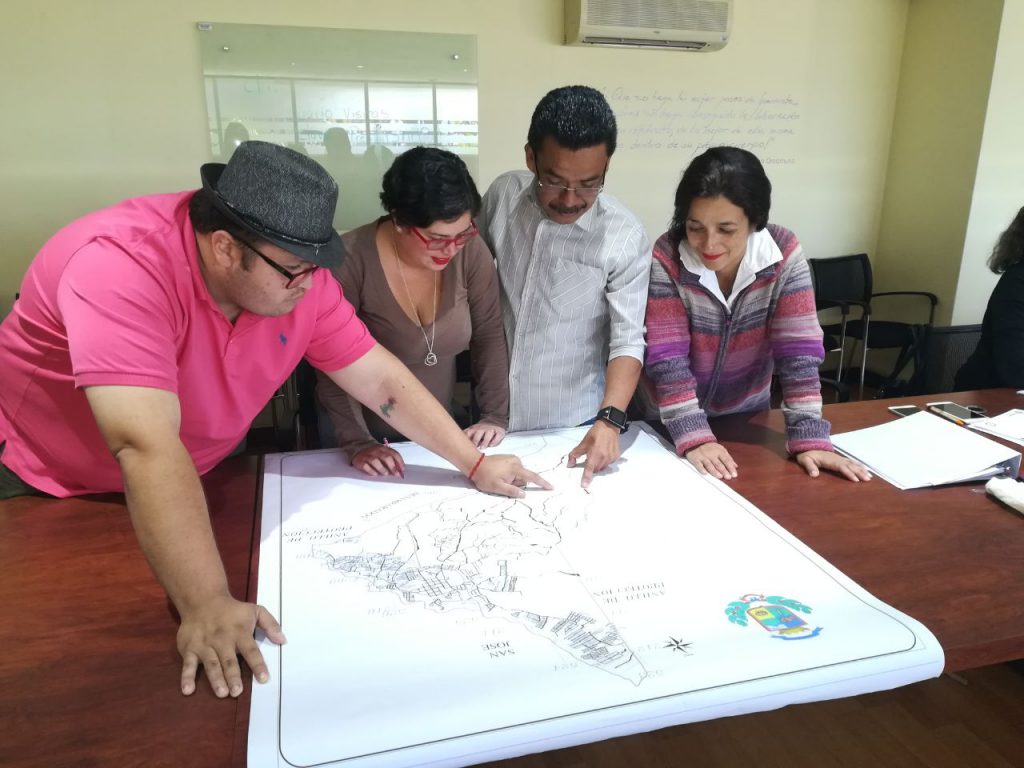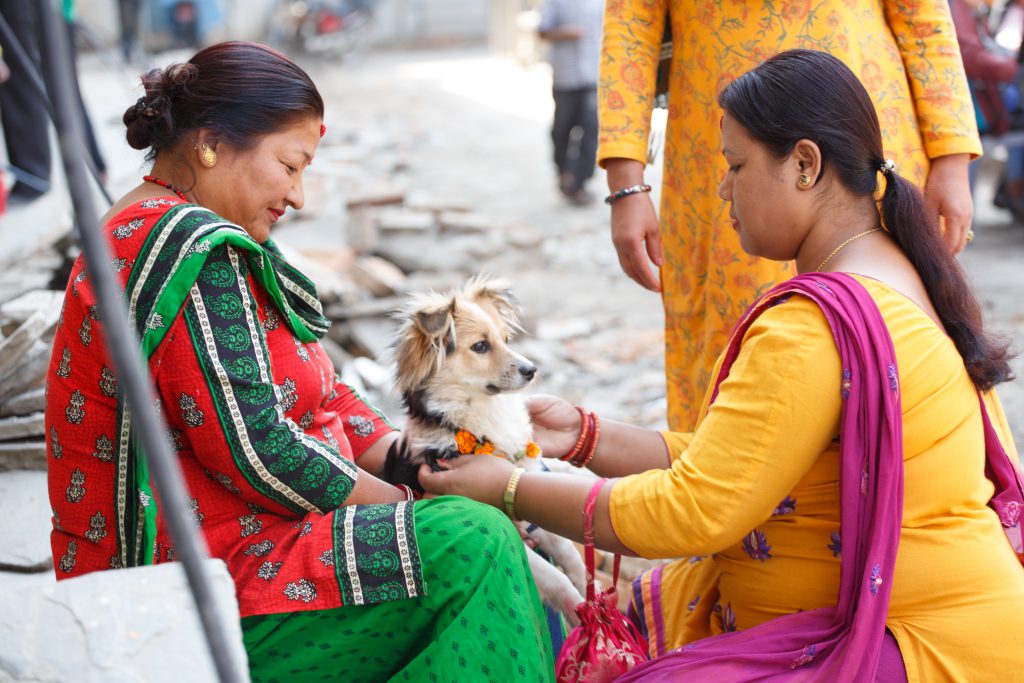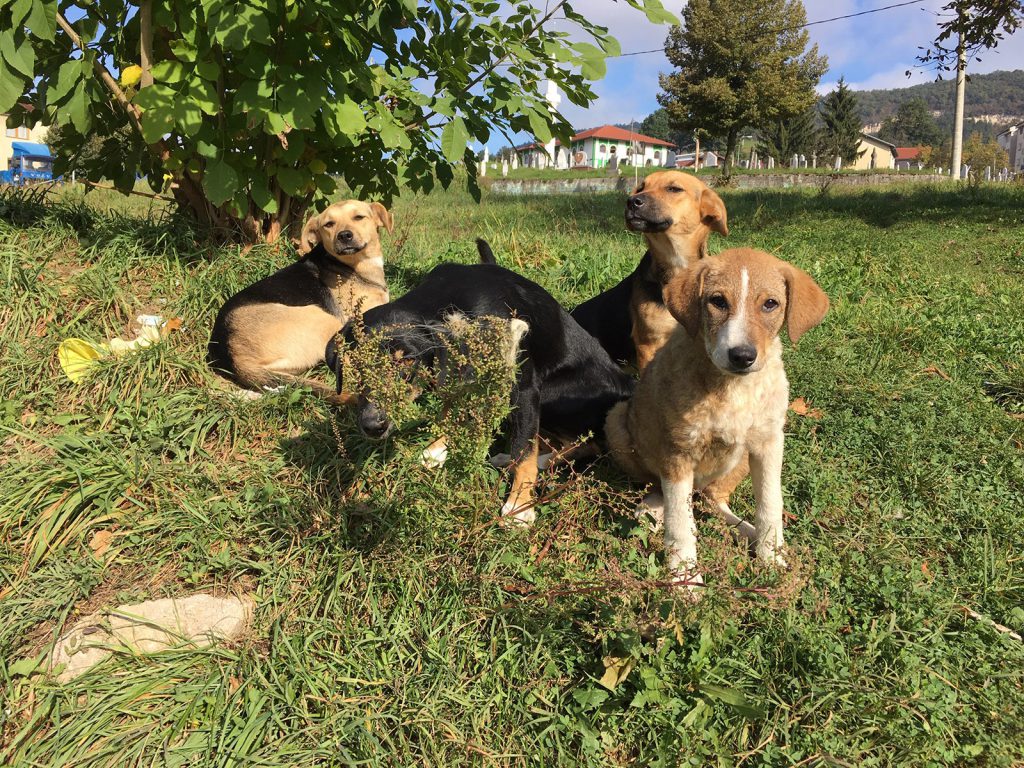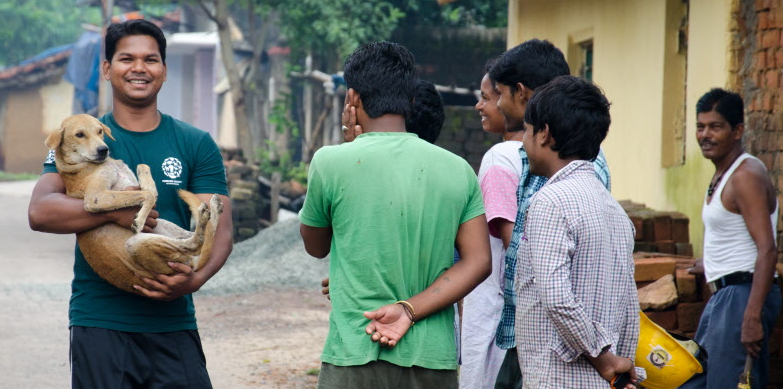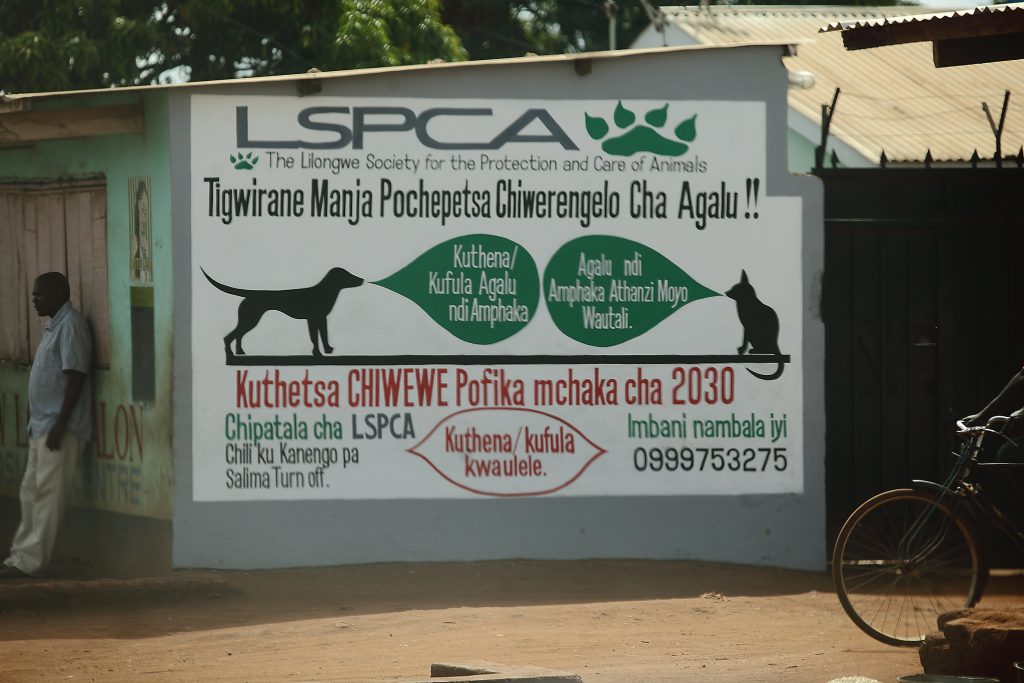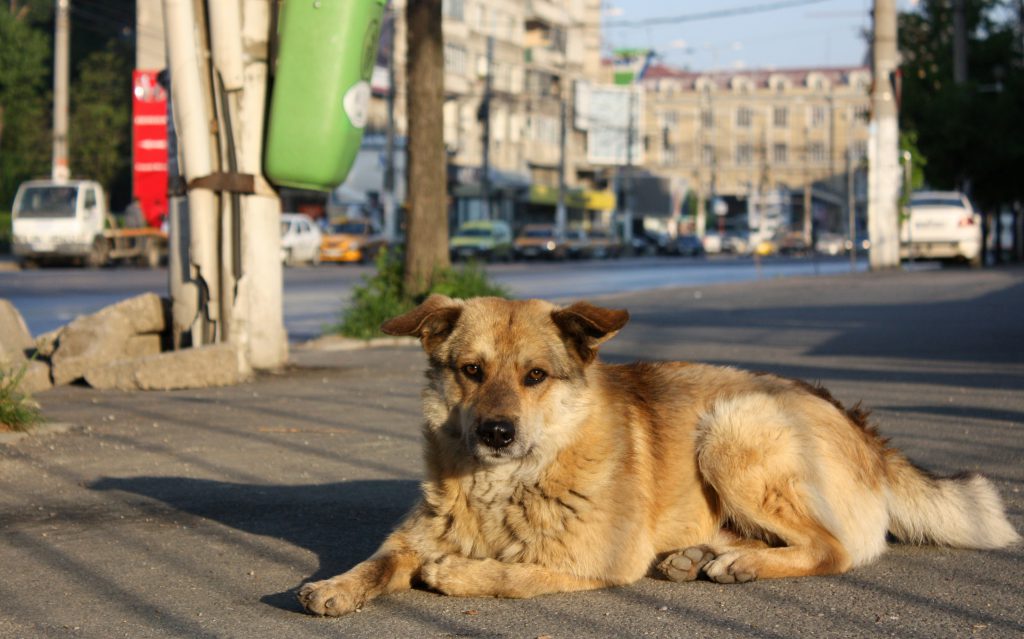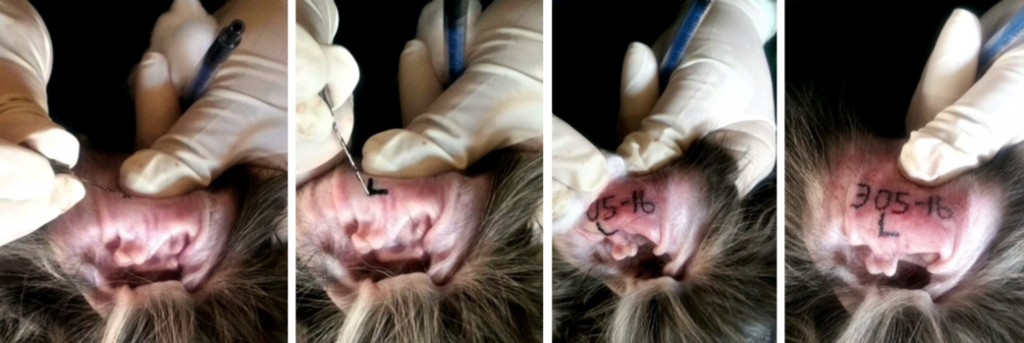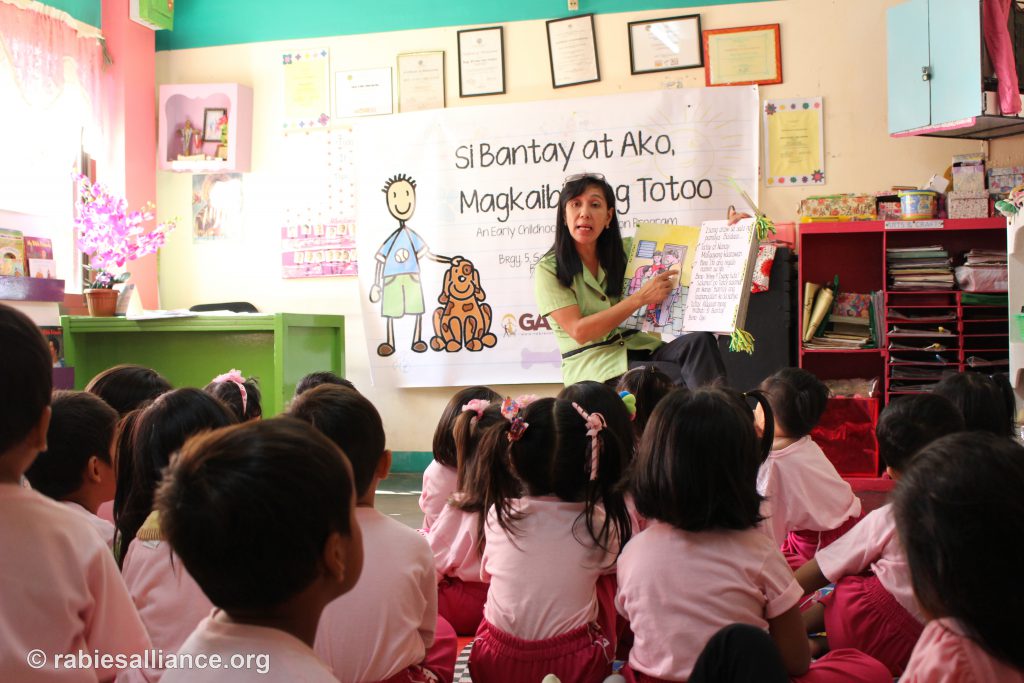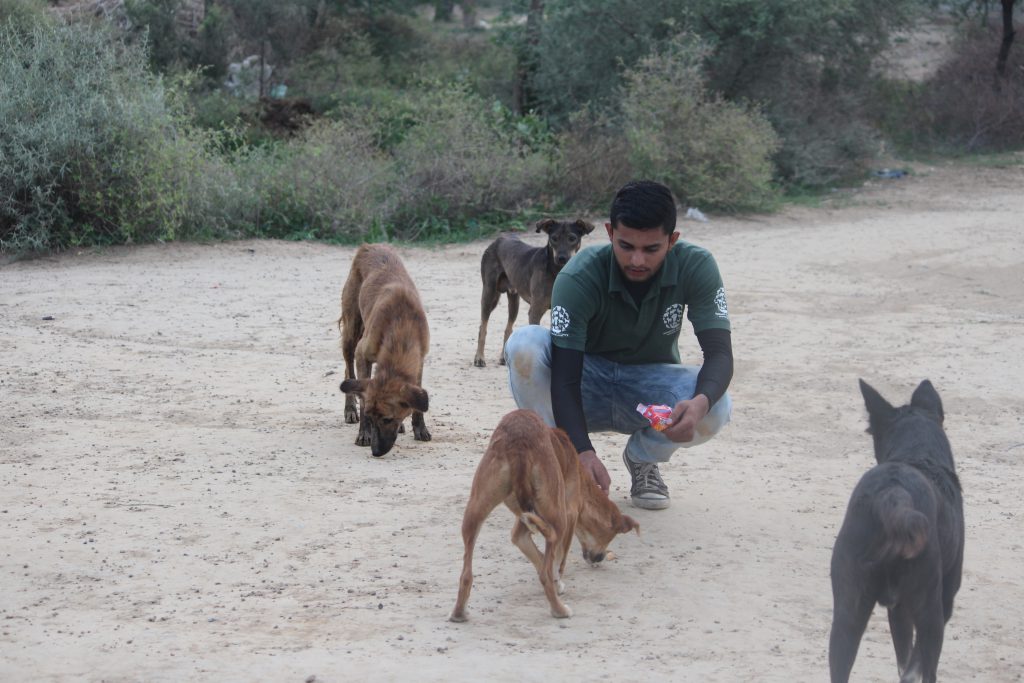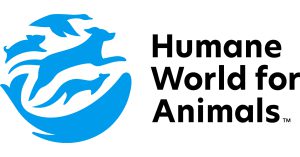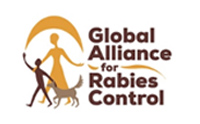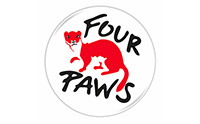Case studies
Creating an enabling environment for DPM in Costa Rica
The Costa Rican government appointed a National Animal Welfare Coordinator and funded a national pilot project to provide training to municipalities in DPM related skills and knowledge. The networks and capacity built through the pilot project inspired various DPM actions tailored by municipalities to suit to their local communities, which persisted after the pilot ended. Read More
Manu Mitra: an example of community engagement in Kathmandu, Nepal
Manu Mitra creates ward-based committees and team of volunteers to assess, monitor and implement DPM within each ward. Creating engaged and informed communities that are part of local government structures and therefore likely to be sustained.Read More
Humane Community Development process for designing and managing DPM in Kljuc, Bosnia
The Humane Community Development process gave Kljuc community the structure and mentoring they needed to come together to solve their dog problems themselves. Local stakeholders worked together to analyse their own data and appreciation of dog problems and dynamics. From this they developed a realistic plan they could resource locally and continue to develop with improved communication and leadership of DPM.Read More
Humane handling of dogs involved in CNR in Jamshedpur, India
A CNR project developed infrastructure, protocols and a trained team of staff to ensure their handling was a humane and positive experience for the dogs involved, at every step of the CNR process. This protected dog welfare during CNR activities and encouraged compassionate behaviour towards dogs by the wider community, who were inspired by watching the Animal Welfare Officers at work on their streets.Read More
Changing the behaviour of slitting nostrils of donkeys working in Karachi, Pakistan
Yes, we know this is a donkey and not a dog! But this is a great example from Brooke (www.thebrooke.org) of changing human behaviour by first understanding the motivation underlying the behaviour and then working with both owners and local service providers to improve skills and animal welfare knowledge.Read More
Increasing use of reproduction control services using painted murals in Lilongwe, Malawi
Painted murals on the outer walls of shops as an affordable and long-lasting method of communicating with local owners about where to access reproduction control and rabies vaccination for their dogs.Read More
Identification with alphanumeric tattoo La Paz, Bolivia
Until micro-chipping becomes more widely available, veterinary clinics in La Paz, Boliva are using alphanumeric ear tattoos to identify dogs and record their owner’s contact details at the time of surgical sterilization. This has led to reuniting several dogs with their owners, for example after separation of families from their dogs during landslides in 2019.Read More
Introducing rabies and dog bite prevention lessons into the national curriculum in the Philippines
The Philippines government have integrated rabies prevention into the national curriculum for all public schools across the country. This initiative will reach more than 24 million children between the ages of 4 to 15 years. Children will learn how to behave safely around dogs, what to do if they’re bitten, and how to be responsible and caring dog owners. Read More
National DPM and rabies control in Bhutan
Bhutan implemented a nationwide CNVR intervention to replace inhumane methods of dog control. This included developing sterilisation capacity in all districts (see case study Enabling environment through training professionals and building local capacity in Bhutan). Sterilisation coverage of roaming dogs is now high, the next phase of DPM aims to address abandonment of owned dogs.Read More

